The Mapping the Haitian Revolution project is a solid example of how the Tang Institute supports innovative educational experiences that cultivate creativity and deep engagement with complex subjects. In 2017, Stephanie Curci, instructor in English, and Christopher Jones, instructor in history and social science, teamed up with a shared passion for Haiti’s history. Together, they envisioned an interdisciplinary course and an interactive map that would help students and educators explore the rich and complex history of the Haitian Revolution in ways that go beyond traditional learning methods.
With the fundamental support of the Tang Institute, their vision was brought to life. The project combines historical study with cutting-edge technology, creating an interactive map that traces Haiti’s pivotal moments from the 15th century to the 19th century. This map gives users a visual representation of key historical events, allowing them to immerse themselves in Haiti’s story in dynamic and engaging ways. The Tang Institute’s backing was instrumental in making this project not just an in-classroom tool but also an accessible public resource for all.
One of the most valuable aspects of Mapping the Haitian Revolution is its accessibility. The website offers a guide to the map, teaching materials for a two-week unit on the revolution, a full ten-week syllabus, and a range of assignments, essay prompts, and handouts on slavery — free and open to any user. It’s also available in multiple languages, including Haitian Kreyol, Spanish, and English, breaking down barriers to entry and making it a resource for classrooms around the world.
Earlier this year, Curci and Jones shared their experiences in a Tang Institute Lunch & Discussion, giving attendees a glimpse into their process and the collaboration that makes their course so impactful. They’ve got great chemistry as co-educators; they’re a well-rehearsed team, with each feeding off the other’s passion for the subject and a shared goal of bringing Haiti’s history to life for their students.
In Curci’s and Jones’ senior elective, they guide students through the complex layers of the Haitian Revolution by presenting multiple narratives and perspectives. Throughout the term, they provide students with a foundational understanding of the revolution, then challenge that understanding with more nuanced and complex histories. As students engage with the map and historical texts, they learn to navigate the discomfort of encountering unfamiliar narratives and source material, including the challenge of working with gaps in the historical record, the voices of enslavers, and language barriers.
By integrating visual art, music, and literature into the curriculum, Curci and Jones create a multifaceted learning experience. The course culminates with a reading of Alejo Carpentier’s The Kingdom of This World, a novel that pushes students to think critically about how the revolution is told and understood. Through this immersive, interdisciplinary approach, students leave the class with a deeper appreciation for the complexity of history and a greater awareness of how narratives are constructed.
As Jones said during the presentation, he and Curci wanted to do justice to a complicated story but also to make these resources available and useful for teachers beyond their school. Thanks to the support of the Tang Institute, Mapping the Haitian Revolution stands as a valuable educational tool for both students and educators, leading to a deeper understanding of one of history’s most significant revolutions.
_________________
To learn more, visit the Mapping the Haitian Revolution’s project page.





